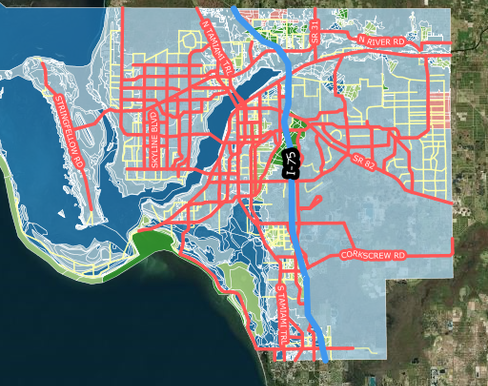

FEMA construction guidelines identify that flat or low-sloped roofs are subject to increased uplift, which can result in damage to interiors. Homes in coastal areas must be designed and constructed to withstand higher wind loads and more extreme conditions, therefore, will cost more to design, build, repair, maintain, and insure, due to exposure to this environment.Įngineering requirements, applicable to coastal flood and wind zones, assist in ensuring that construction and repairs are a success, and that a building resists damage over its lifetime. However, flood levels, velocity, and wave action in coastal areas tend to be more damaging than inland flooding. Flooding can occur inland, as we’ve seen in other counties and states. FIRM maps are used by your Banker, Designer and Builder, Municipality, Insurance Agent, Land Surveyor, and Engineer, all assisting with definition of a home’s position and elevation relative to the shoreline and mean sea level. Zones determine insurance rates, and home design. Once or twice a year, when the insurance bill arrives, we wonder whether it is enough, or too much - coverage, not price! The appearance of a tropical storm in the gulf is another day we question our home's insurance coverage! By then it may be too late to change.įederal Insurance Rate Maps (FIRM or digital: DFIRM) delineate flood hazard zones for coastal communities. Our lives here on the coast seem priceless most days of the year. Texas Homeowners Policies EXCLUDE flood loss, and federal grants are available only if the community is declared a disaster area by the President. Whether buying or building, be aware that Galveston Island falls into FEMA Flood Hazard Zones, and is governed by Texas Department of Insurance for Windstorm coverage. I often consult with clients who are unfamiliar with the topic, so worth revisiting is the requirement for Flood and Windstorm Insurance in addition to conventional Homeowners' Insurance policy. Part of my calling entails educating prospective residents about building and construction issues unique to the island. above Base Flood Elevation.Seaside Home Design provides residential design for those pursuing our alternative lifestyle that of Life on the Coast! More often than not, clients are not familiar with the peculiarities of building on the island.

For Coastal A Zones, the lowest horizontal structural member (stringer, beam, etc.) must exist 1 ft. above the BFE.įor A Zone construction, the finished floor must exist at or above the BFE.
#Base flood elevation code#
However, International Building Code 2018/International Residential Code 2018 (IBC/IRC), as well as most cities and counties we serve, require that the lowest horizontal structural member (stringer, beam, etc.) must exist at least 1 ft. Along the Texas Coast, we primarily see Zones V and A.įor V Zone construction, FEMA requires the elevation of the bottom of your lowest horizontal structural member (stringer, beam, etc.) to exist at or above the BFE. SFHAs are labeled by FEMA on the Flood Insurance Rate Map (FIRM) as Zone A, Zone AO, Zone AH, Zones A1-A30, Zone AE, Zone A99, Zone AR, Zone AR/AE, Zone AR/AO, Zone AR/A1-A30, Zone AR/A, Zone V, Zone VE, and Zones V1-V30. Your finished floor (FF) elevation will be dependent on which flood zone you are in and the Base Flood Elevation specific to your property.


 0 kommentar(er)
0 kommentar(er)
